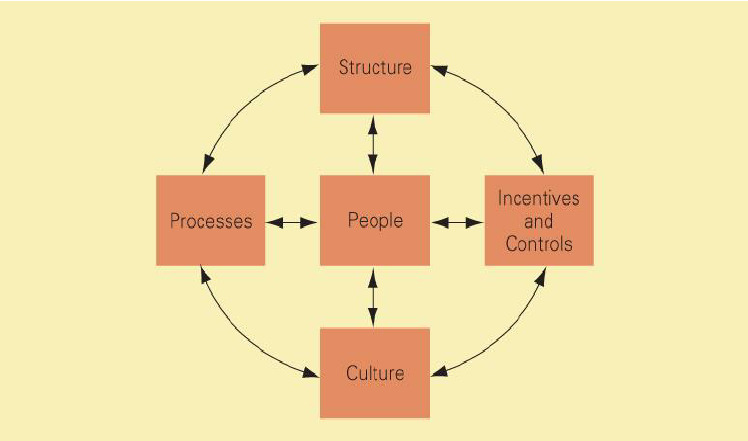After the World War II, there has been rapid growth in international trade in both goods and services, resulting in various transactions across national borders for the purpose of satisfying the needs of individuals and organisations. The result of this global competition has forced organisations to expand their business by finding out new markets at home and foreign countries making them ‘Transnational firms’. Transnational Corporations (TNC) is defined as a firm that has power to co-ordinate and control operations in more than one country, even if it does not own them. The significance of TNC lies mainly in its ability to co-ordinate and control different transactions within transnational production networks, ability to take advantage of distribution factors of production andContinue reading
International Business Basics
International Marketing Research – Definition, Categories and Process
International marketing managers make the same basic types of decisions as do those who operate in only one country. Of course, they make these decisions in a more complicated environment. As with marketing decisions, the basic function of marketing research and the research process does not differentiate between domestic and multinational research. However, the process is complicated almost exponentially as more and more countries are involved in the same decision. Marketing research practices and techniques have become truly global. For example, the world’s largest research firm, Nielsen, is headquartered in the U.S. but derives almost two-thirds of its revenue from outside the U.S. It is standardizing much of the data it routinely collects in 27 different countries. The main factors whichContinue reading
Benefits and Costs of Foreign Direct Investment (FDI) to Host Country
Foreign Direct Investment plays an important part in global entrepreneurs and businesses. The FDI can easily provide a firm with new business environments and markets, cheaper production facilities, usage chances of newest technologies, cheaper financing and skills. There is an significant difference between FDI and foreign portfolio investment (FPI). Foreign portfolio investment means investing of individuals, companies, or policy makers of a nation in foreign fiscal tools (for example government bonds, foreign stocks) making an important wealth piece in a foreign entrepreneurship is not involved. There are two strategic kinds of FDI: Horizontal foreign direct investment : If FDI is made in way which in same sector as a company have activity in at home. Vertical foreign direct investment: IfContinue reading
Organizational Architecture
By organizational architecture, we mean the entire organization, including organizational structure, control systems and incentives, processes, organizational culture and people. In this case, there are three conditions to be fulfilled by an organization to make the organization profitable. First, various elements of the organization shall be parallel to each other. Second, organizational strategy should always be consistent with the organizational structure, and finally, strategies and organizational structure must be consistent with the competitive conditions prevailing in the firm’s market that are the strategy, architecture and competitive environment. As noted above, the organizational architecture is the totality of the organization itself which consists of various components. The components are the structure, control systems and incentives, processes, organizational culture and people. Continue reading
Modes of Entry into International Markets
A foreign market mode of entry is a channel which enables the enterprise’s product, human skills, management, technology or other resources, to enter into a foreign country. The choice of market entry mode is a vital strategic decision for firms intending to carry out business overseas. A number of definitions of different modes of entry exist. The major modes of international entry is classified as indirect export, direct export and alternatives to export. Most models of foreign market mode of entry is due to limited resources, therefore enterprises initially penetrate a foreign market through indirect export methods. Indirect paths to internationalization are those whereby small firms are involved in exporting, sourcing or distribution agreements with intermediary companies who manage, onContinue reading
The Seven Dimensions of Culture by Fons Trompenaars
Fons Trompenaars is the author who belongs to dutch he is one the author of cross cultural communications. Fons studied economics from free university of Amsterdam and he got hid PhD from Wharton school. Trompenaars and Charles hampden have developed a culture which have seven dimensions. Five of his dimensions covers the way in which people interact with each other. The seven dimensions of culture by Trompenaars are explained below. 1. Universalism (vs. Particularism) Universalism/particularism distinguishes societies based on the relative importance they place on rules and laws as opposed to personal relationships. The basic question is: “What is more important–rules or relationships?” Members of universalistic societies focus more on rules, codes, values and standards and believe that they takeContinue reading
